Proudfoot & Bird architectural legacy gives Des Moines something worth preserving
Stand on pretty much any corner in downtown Des Moines and you'll see one: a building designed by the architecture firm that started almost 140 years ago as Proudfoot & Bird.
Their buildings include civic landmarks like the old Polk County Courthouse, Des Moines City Hall, the clocktower-crowned headquarters building of Meredith Corp. (now Dotdash Meredith), and the Equitable Building, which was, for many years, the city's tallest structure.
That's just a sampling. A 1987 National Historic Register application says that in the more than 40 years from the firm's arrival in Des Moines it designed more than 650 buildings across Iowa. The buildings included schools, courthouses and major structures on all three state university campuses.
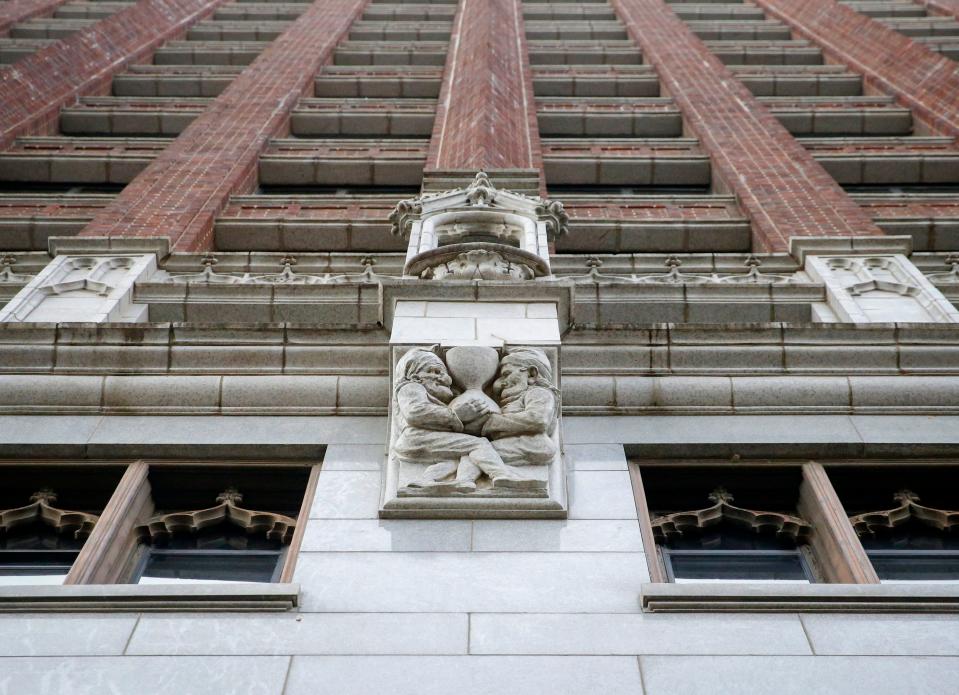
At least half of the Proudfoot & Bird's buildings were in Des Moines. Architect and historian Steve Stimmel, who's assembling a map of them, says he's finding even more across the state.
Founded by Indianola-born William Proudfoot and New Jersey native George Bird, Proudfoot & Bird thrived as Des Moines became the commercial and political center of Iowa. The firm's changing cast of partners over the years included politically connected architect Harry Rawson and others who went on to establish their own influential practices.
To get a sense of the Proudfoot & Bird legacy, Des Moines Register photographer Bryon Houlgrave and I met up with Stimmel, a Des Moines Historical Society board member and 2016 retiree from the Proudfoot & Bird successor firm now known as BBS. He gave us a tour that started from the Register's home, Capital Square at Locust Street and Fifth Avenue, sited where Proudfoot & Bird opened their first Iowa office in 1896.
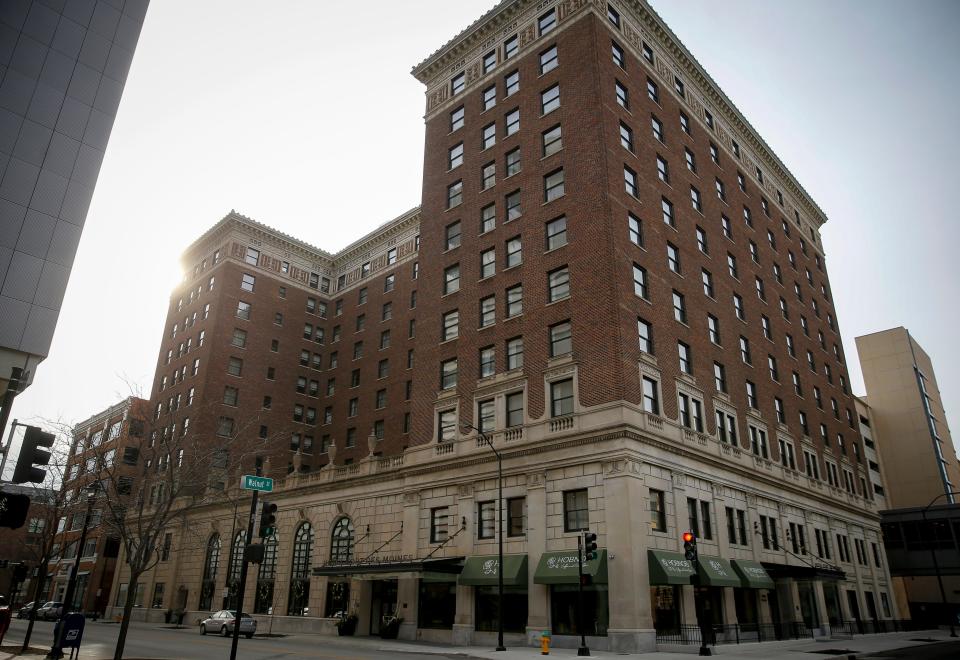
On our walk, we quickly encountered the Iowa-Des Moines National Bank Building, now U.S. Bank; the Hubbell Building, now an apartment tower; the Herring Motor Car Company Building on 10th Street, an early assembly site for Ford Model Ts; Historic Firehouse No. 1, which housed the Des Moines Social Club; and the recently renovated and reopened Hotel Fort Des Moines, which has named its main restaurant for its architects.
Continuing on, we came to the Temple for the Performing Arts, where Stimmel paused to point out something that had become apparent as we traipsed from site to site: There really is no one Proudfoot & Bird style. The firm's buildings are in the popular modes of the eras in which they were built, ranging from neoclassical and beaux arts to art deco.
Stimmel said of Proudfoot & Bird's touch, "You can't pick it out necessarily from the work of other architects of the same period." But whatever motif the firm worked in, it combined solid engineering with an attention to detail that went beyond the merely workmanlike, lending a certain elegance to the outcome.
(The story continues below.)
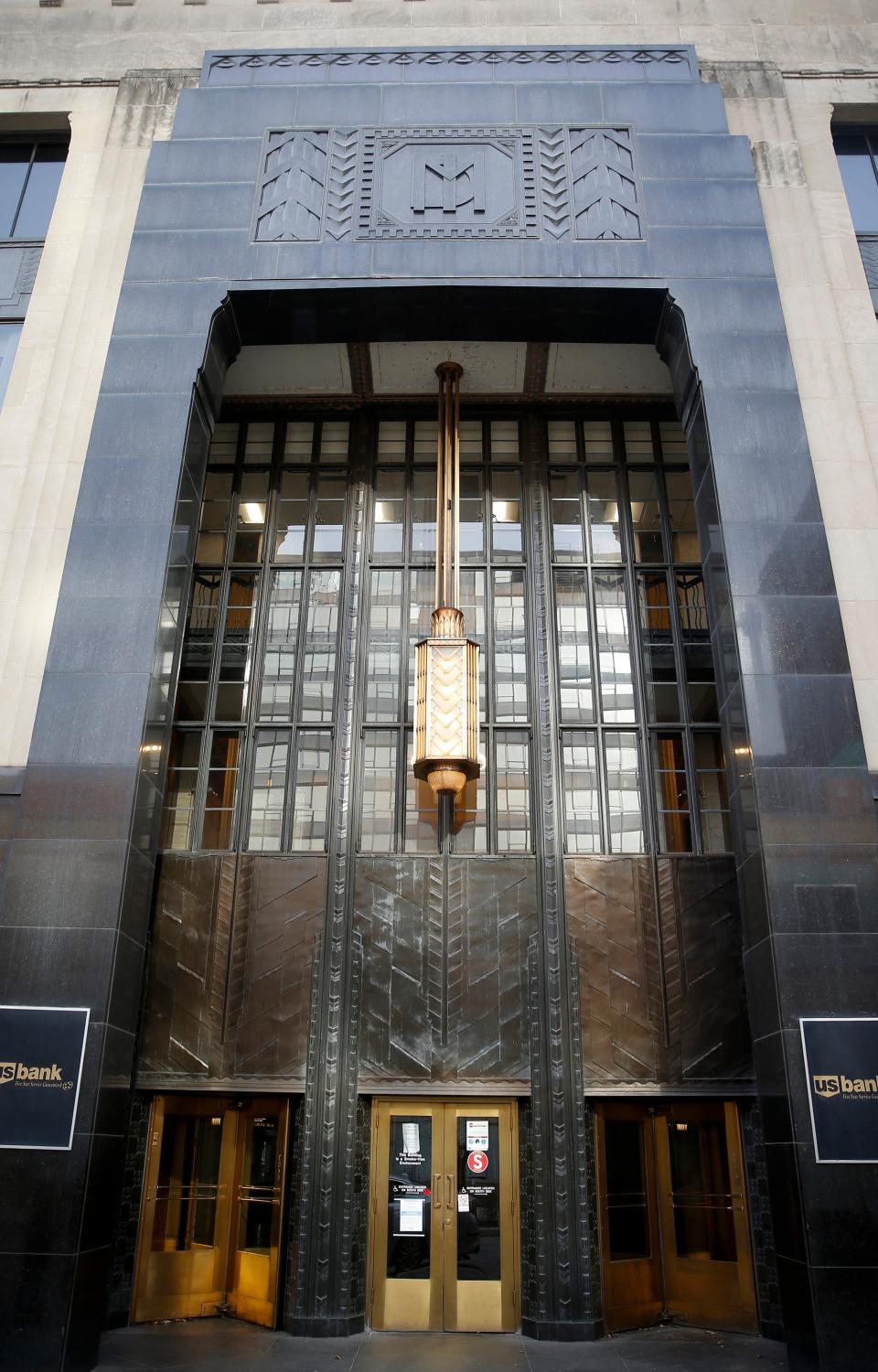
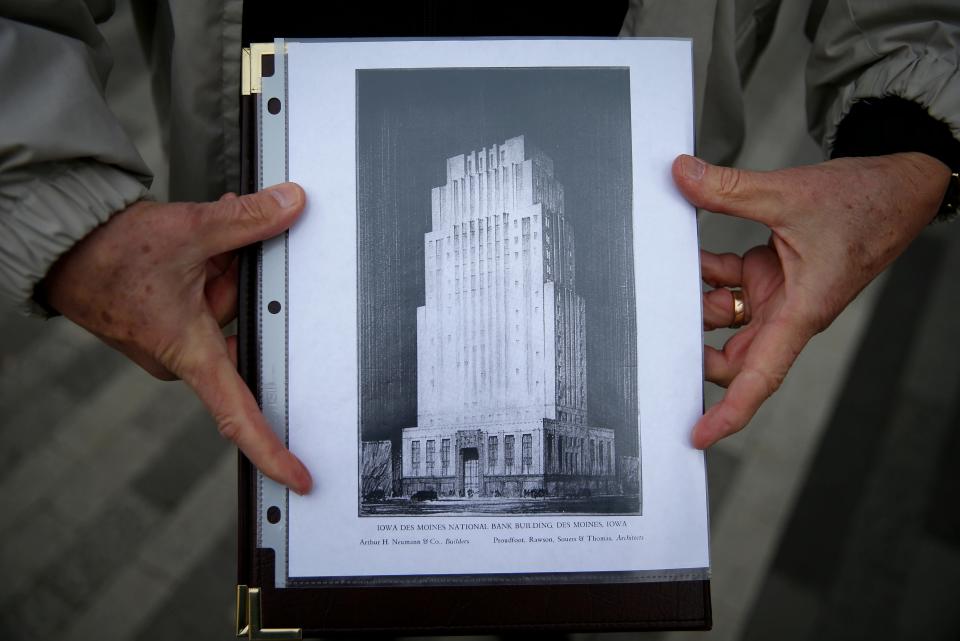
The Des Moines Club building, for example, rewards a closer look with a pair of impressive gargoyles (Stimmel calls them "grotesques") near the eaves. The 1932 Iowa-Des Moines National Bank likewise has rich detailing, even though the Great Depression nixed plans for it to be the base of a soaring tower.
Other structures, like the Temple for the Performing Arts, make liberal use of terracotta detailing and arched windows. And the interiors of many Proudfoot & Bird buildings, as seen in the historically sensitive restorations of the Polk courthouse and the Hotel Fort Des Moines, feature impressive interiors trimmed in stone, metals and tile.
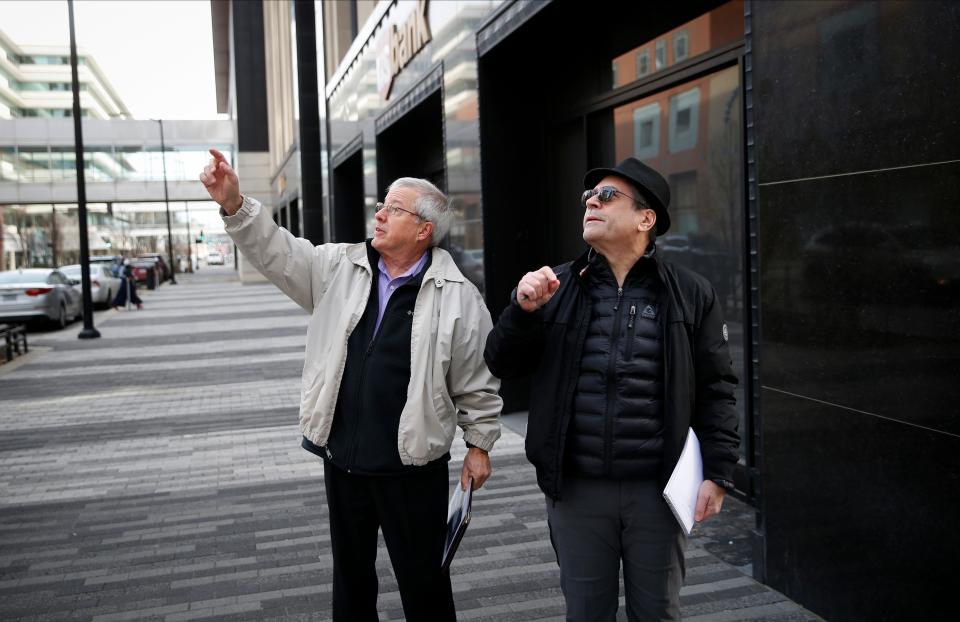
Those details inspire and reward preservation, as in last year's restoration of the lobby of the former Northwestern Hotel — another Proudfoot & Bird creation — for the New Northwestern Cocktail & Wine Bar. It instantly became one of the most interesting spaces in the East Village.
The buildings, as Stimmel noted, "have had many different owners and many different uses. Yet they still exist."
Bill Steiden, the business and investigative editor for the Register, plans to hold a birthday party for his Drake neighborhood house when it turns 100 next year. Reach him at wsteiden@registermedia.com.
Send in your ideas
Our Des Moines is a weekly feature on an interesting person, place or happening in the Des Moines metro, the kind of gems that make central Iowa a special place. Have an idea for this series? Contact chunter@registermedia.com.
This article originally appeared on Des Moines Register: Proudfoot & Bird architectural legacy endures in downtown Des Moines

